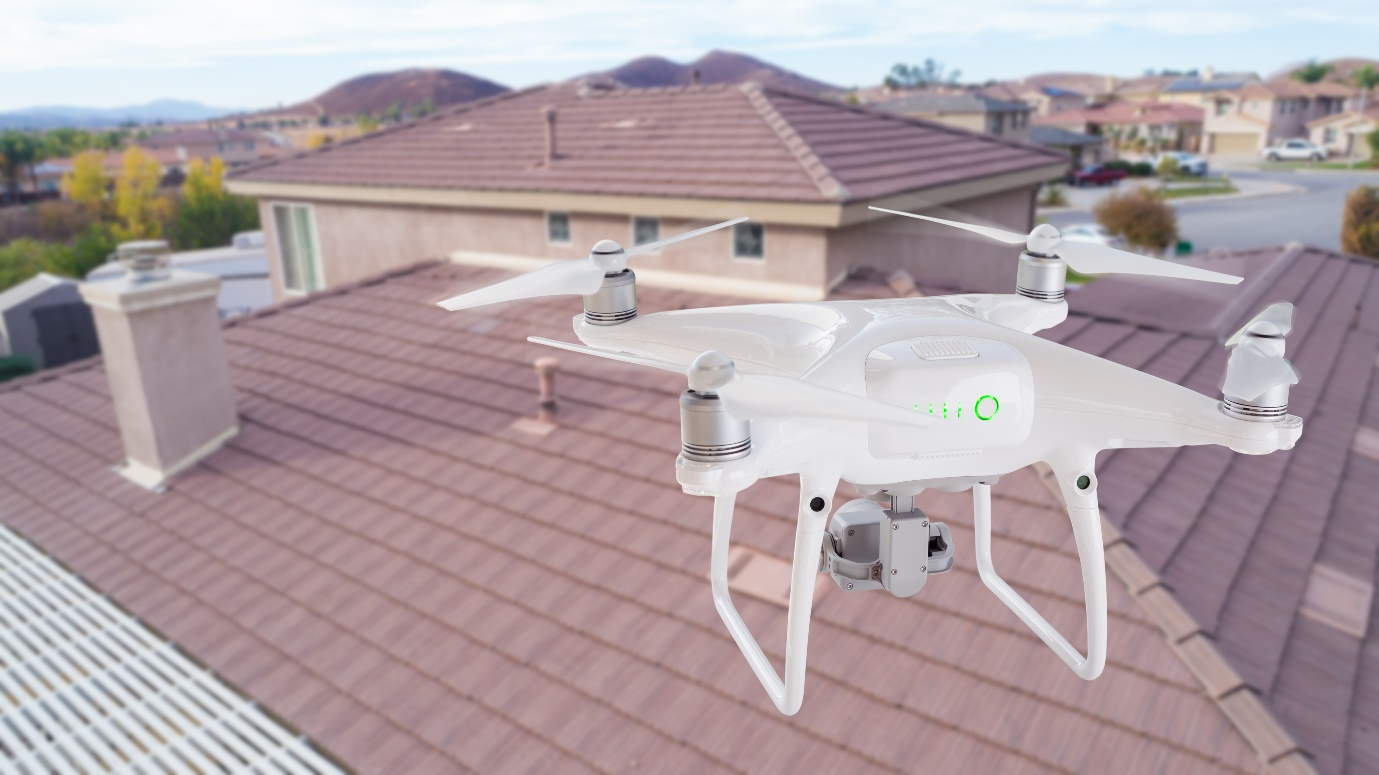
UK'S LARGEST PORTAL FOR IN-HOUSE DRONE PILOTS
- CALL TODAY ON : 0800 433 7186
Roofing inspections are a critical part of maintaining any building, but the process can be dangerous for humans tasked with conducting them. Enter the game-changing use of drones. By harnessing the power of these high-flying machines, building owners and managers can significantly improve safety during roof inspections. This article explores the benefits of using drones in roofing inspections, including cost savings, speed, and accuracy, as well as how they enhance the overall safety of the process.
What are roofing inspections and why are they important?
The benefit of doing regular roof inspections is to make sure your property is protected from rain and high winds that can damage your property under the roof. Traditional roofing inspections are often done manually, with inspectors using ladders, harnesses, and other equipment to access the roof to check its condition. This process is time-consuming, expensive, and potentially dangerous for the inspectors. Moreover, this approach may not always detect issues, especially in hard-to-reach areas, which can lead to expensive repairs in the future.

However, recent advancements in drone technology have revolutionized the roofing inspection process. Drones equipped with high-resolution cameras and sensors can capture detailed images of the roof and its components, even in hard-to-reach areas. Additionally, they can also gather data on temperature, moisture levels, and other factors that can impact the roof's integrity.
These benefits have made drones an increasingly popular option for roofing inspections, as they provide accurate and comprehensive information that traditional inspections simply cannot match. Furthermore, with this data, property owners and managers can identify issues before they become significant problems, leading to savings in both time and money.
Drones are very beneficial for roofing inspections as architecture is developing every day where new unique buildings are being created in new shapes and designs. This is a problem for regular roofing inspectors as they can’t access new unique building shapes with just a ladder. An example of this is when we did a roof inspection for a castle, there were multiple hard-to-reach areas like the peak of the towers and the peak of the castle as the tops were slanted. If we did not have our high-tech drones, we wouldn't have been able to do a full inspection of the hard-to-reach areas as the castle was fragile so we couldn't mount and harness to inspect as we didn't want to cause damage. However, with the use of drones, we were able to fly them safely and accurately to capture high-quality footage of these hard-to-reach areas. The drones allowed us to inspect every inch of the roof without compromising the safety of our team or the structure of the castle. With their small size, agility, and manoeuvrability, drones can easily navigate through complex designs and obstacles such as towers, chimneys, and skylights, which are typically inaccessible or hazardous for inspectors.